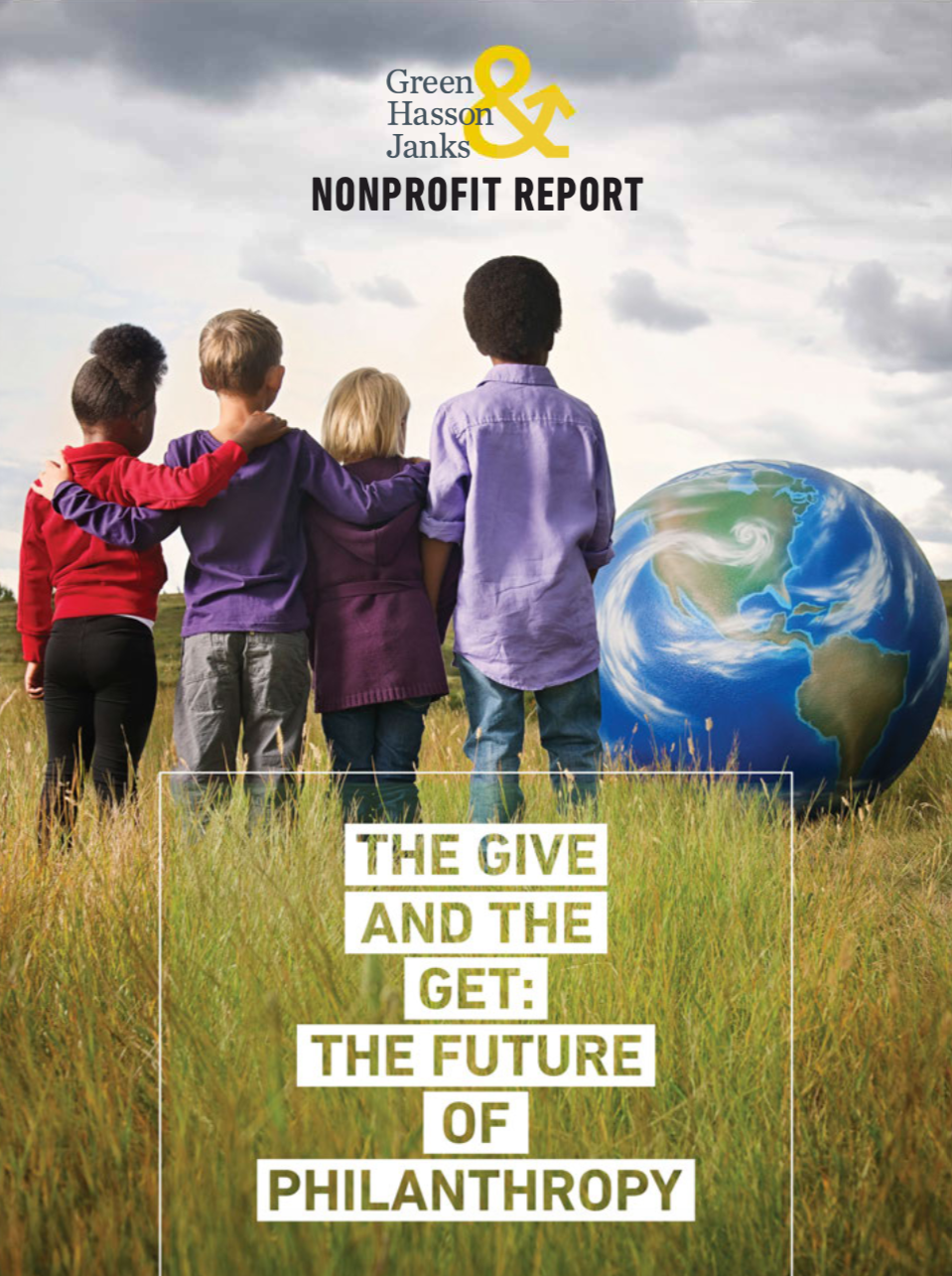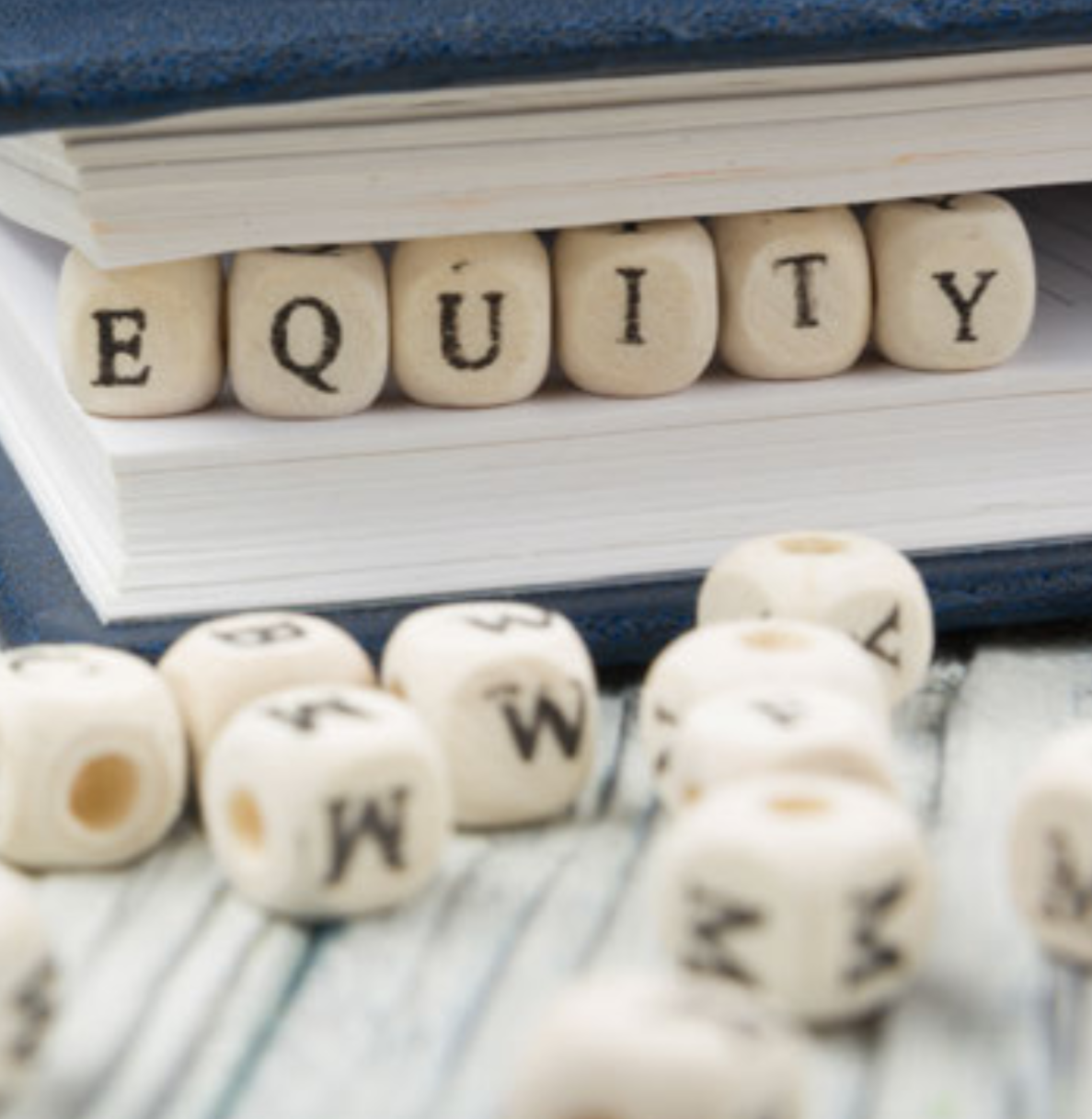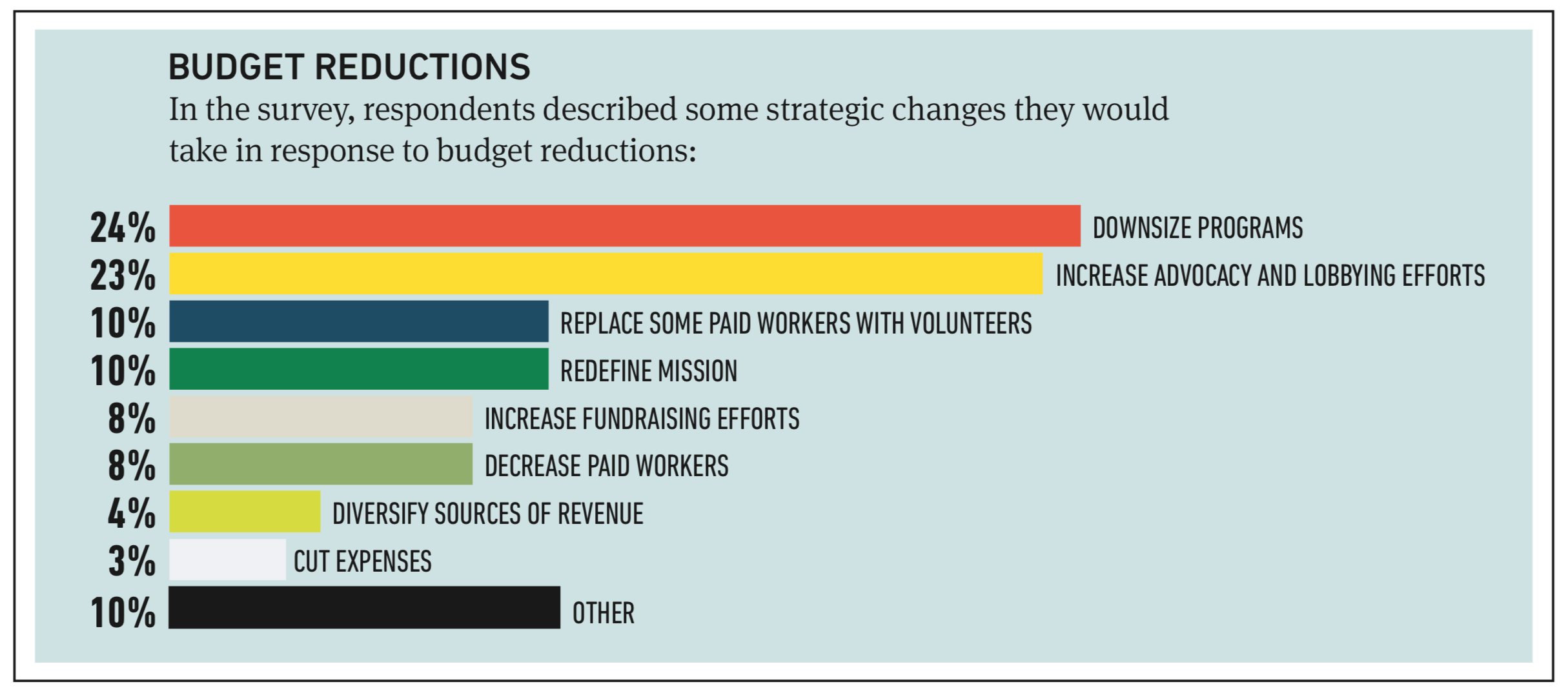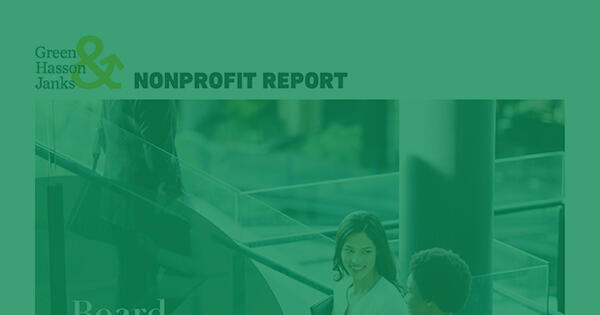






Even in an uncertain political climate, one philanthropic priority remains constant — the desire to create lasting, meaningful impact. With changing government priorities and uncertain future funding at both the federal and state levels, there is an expectation that many grantmakers will play a different role than they have in the past — going beyond traditional grantmaking to explore other leadership roles, such as convener, advocate, or educator.
Equity helps serve the most basic needs of a nonprofit community. In addition, equity is a way for nonprofits to craft a message that can be used to help match granter expectations, which in many cases are getting more specific as more and more organizations are vying for their support.
The news is encouraging. According to GivingUSA1, giving in 2016 hit an all-time high of $390 billion and giving increased in all major philanthropy subsectors. There are numerous things that grantmakers should be keeping up with. Survey respondents reported they engaged in a range of activities, including direct charitable activities, grantmaking, program-related investments and mission-related investing, but most are taking new or different actions to fill in funding gaps.
In addition to the threat of government funding shortfalls, grantees face other challenges, such as increased demand for services, attracting and retaining quality staff, recruiting effective board members and, of course, competition for funding opportunities. In this constantly changing environment, nonprofit boards are adjusting their strategic planning to reflect the new normal.










